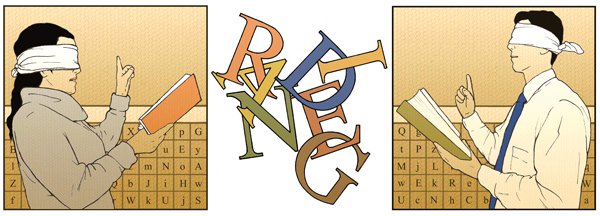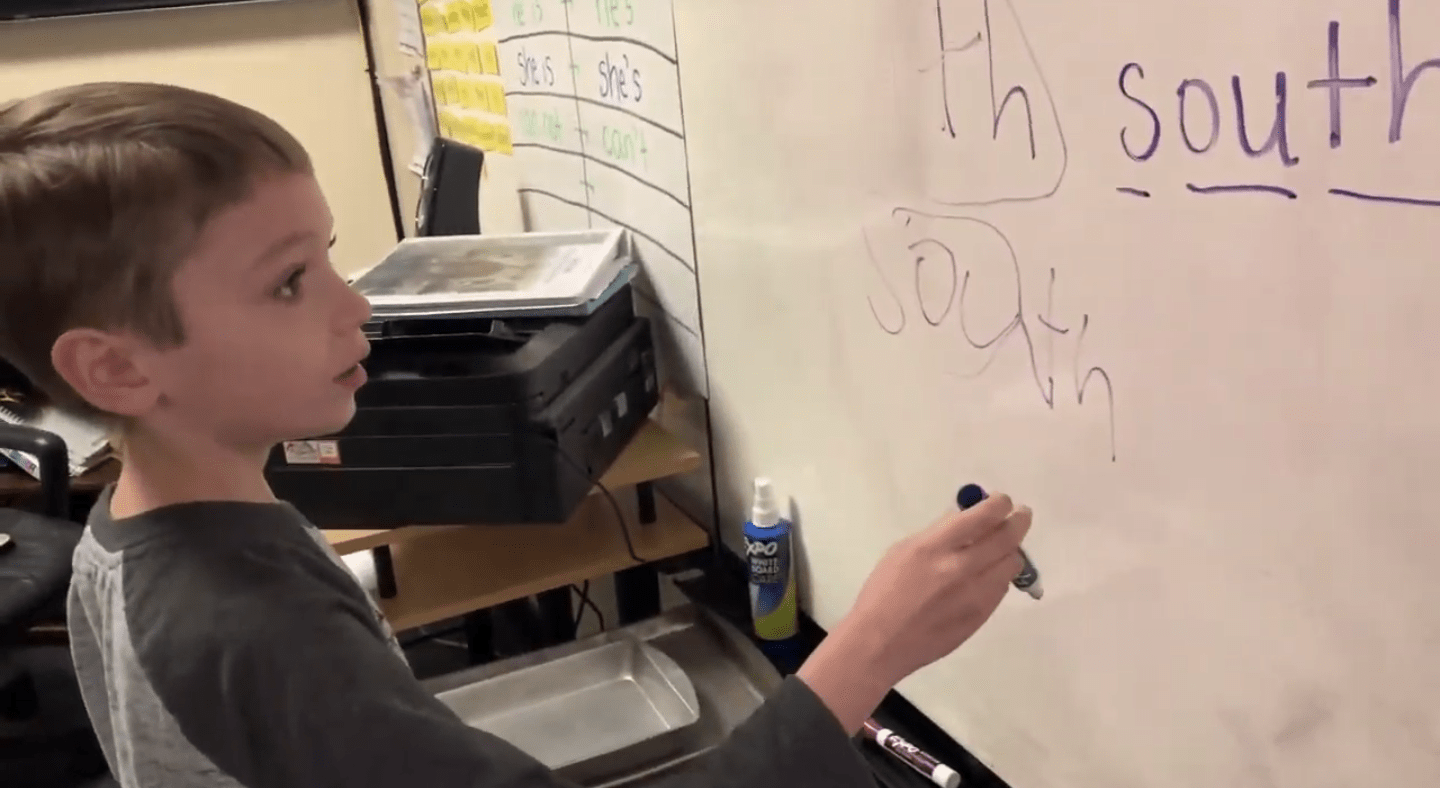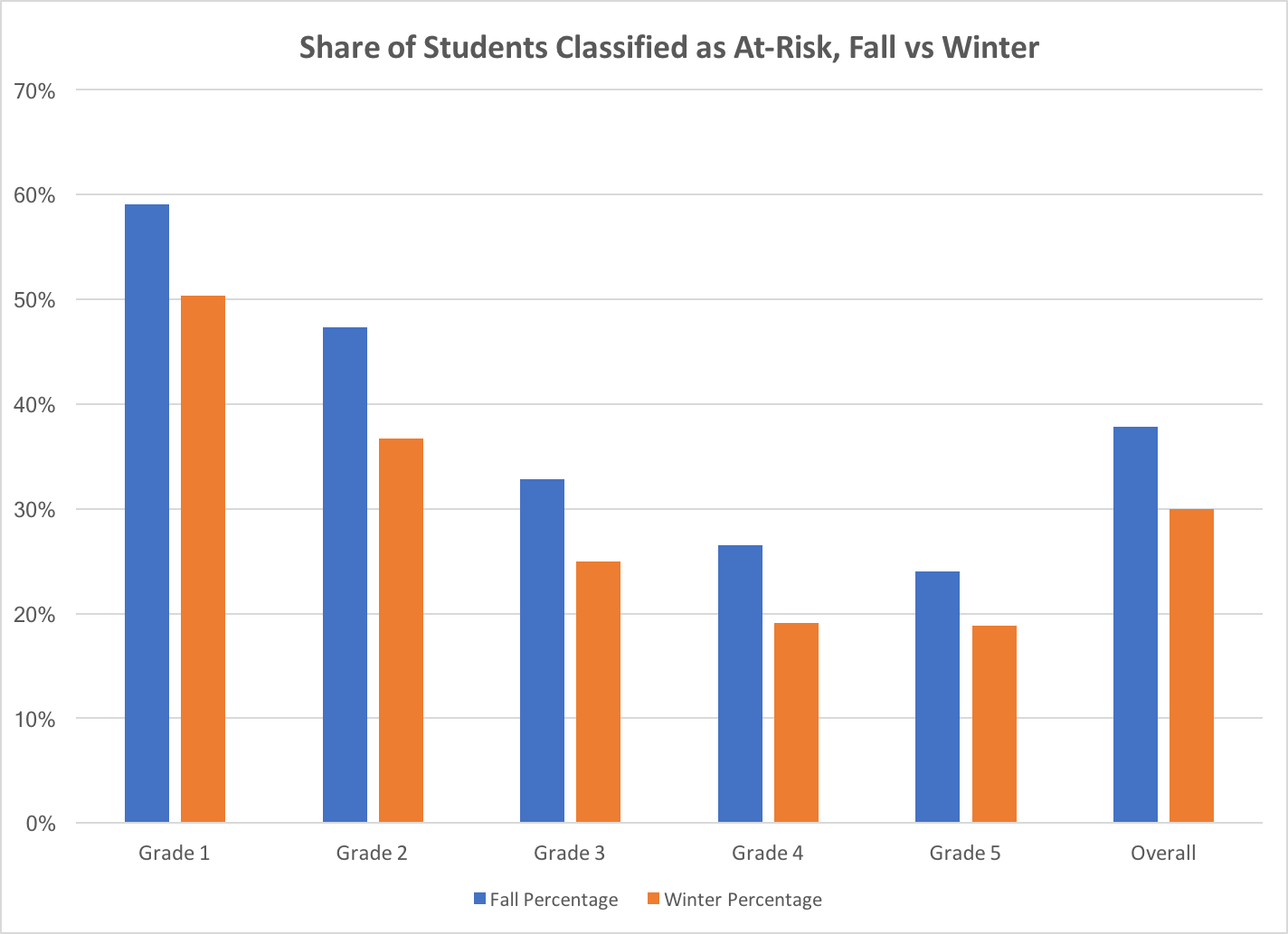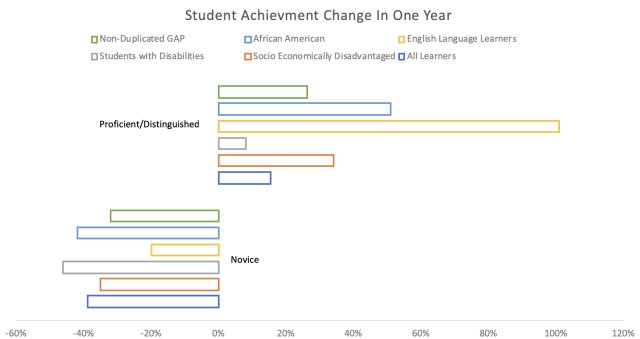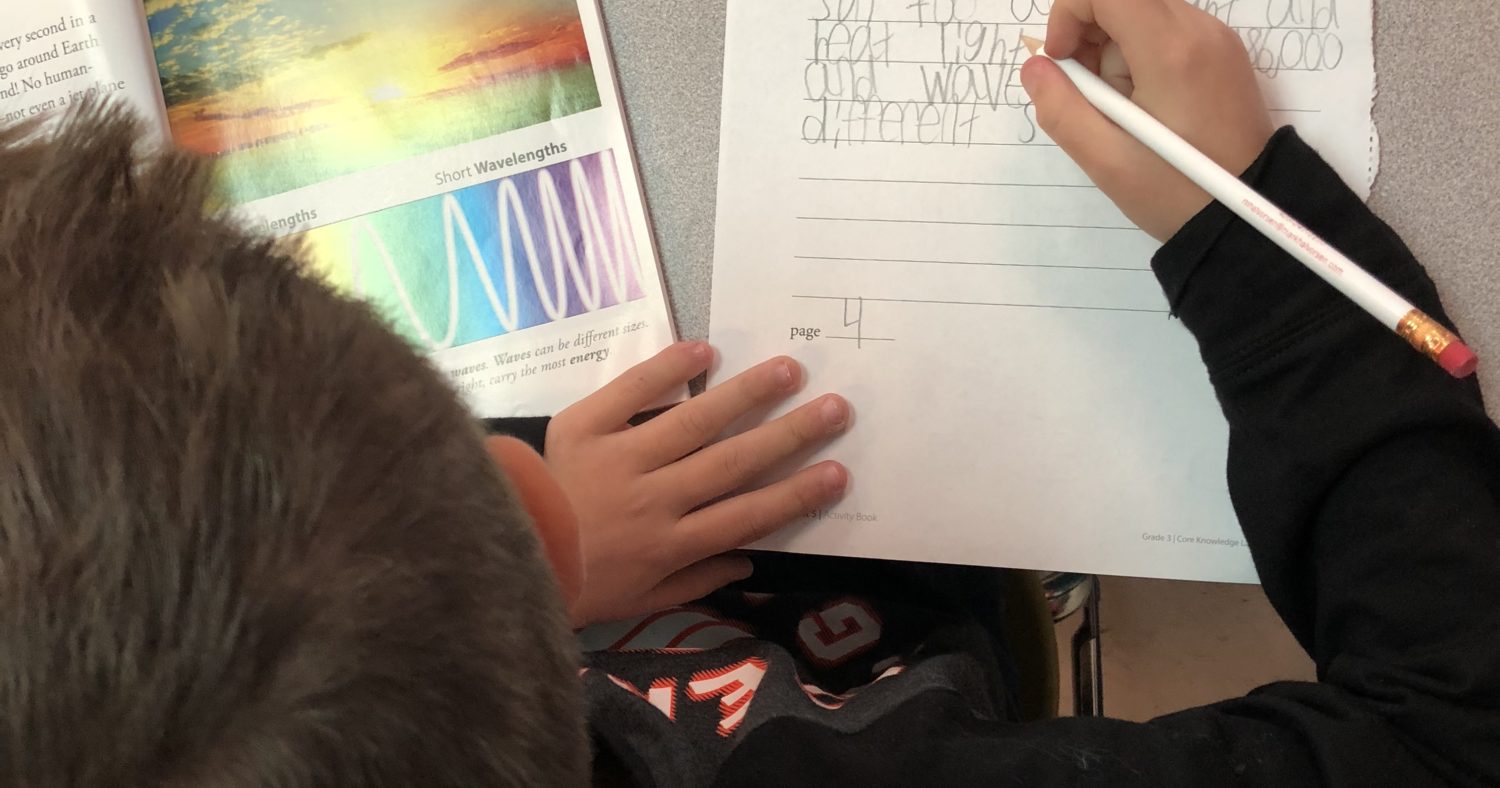We are proud to bring our voices to the pages of Education Week with our recent editorial, We Have a National Reading Crisis.
It published on March 7th. Two weeks later, it’s still flying around Twitter and it remains the most-emailed story on EdWeek, so we believe we aren’t alone in thinking that these messages are important.

We thought we’d take a moment to share one piece of inspiration for the piece. It was this tweet:
We think Chad speaks for many when he says, “no one is going to be the Chief of Academics without understanding how children learn to read.” Earlier in our careers, we might have thought the same thing. But as we write: “We each learned critical reading research only after entering district leadership.” This seemed important to say, in order to address perceptions like Chad’s.
Superintendents and district leaders need to know that this can happen. Also, we must bring empathy and support for the educators who realize that they, too, have “unfinished learning” around literacy.
In writing the piece, we took pains to include links to let readers learn more about the national conversation, as well as the research behind our “five essential insights supported by reading research.” Below, we added a few additional links within the body of the piece which may interest readers seeking to learn more.
We would also encourage educators to explore our curation of Resources for more information on everything in this piece – from key reading research to resources for selecting curriculum that aligns with the research.
We plan to keep writing – here on this blog and hopefully again in education publications. Our Suggestion Box is open if there is something you want to discuss or hear about.
Thank you to all who have read and shared our editorial. Let’s keep the national conversation going.
– Jared Myracle, Brian Kingsley, and Robin McClellan
We Have a National Reading Crisis
ByJared Myracle, Brian Kingsley, & Robin McClellan
If your district isn’t having an “uh oh” moment around reading instruction, it probably should be. Educators across the country are experiencing a collective awakening about literacy instruction, thanks to a recent tsunami of national media attention. Alarm bells are ringing—as they should be—because we’ve gotten some big things wrong: Research has documented what works to get kids to read, yet those evidence-based reading practices appear to be missing from most classrooms.
Systemic failures have left educators overwhelmingly unaware of the research on how kids learn to read. Many teacher-preparation programs lack effective reading training, something educators rightly lament once they get to the classroom. On personal blogs and social media, teachers often write of learning essential reading research years into their careers, with powerful expressions of dismay and betrayal that they weren’t taught sooner. Others express anger.
The lack of knowledge about the science of reading doesn’t just affect teachers. It’s perfectly possible to become a principal or even a district curriculum leader without first learning the key research. In fact, this was true for us. If not for those unplanned learning experiences, we’d probably still be ignorant about how kids learn to read.
We each learned critical reading research only after entering district leadership. Jared learned during school improvement work for a nonprofit, while between district leadership positions. When already a district leader, Brian learned from reading specialists when his district received grant-funded literacy support. Robin learned in her fourth year as a district leader, while doing research to prepare for a curriculum adoption.
Understanding the research has been crucial to our ability to lead districts to improved reading outcomes. Yet each of us could easily have missed out on that critical professional learning. If not for those unplanned learning experiences, we’d probably still be ignorant about how kids learn to read.
There’s no finishing school for chief academic officers, nor is there certification on literacy know-how for district and school leaders. Literacy experts have been recommending the same research-based approaches since the 2000 National Reading Panel report, yet there still aren’t systemic mechanisms for ensuring this information reaches the educators who set instructional directions and professional-development agendas. Why should we be surprised to find pervasive misunderstandings?
Here are five essential insights supported by reading research that educators should know—but all too often don’t:
- Grouping students by reading level is poorly supported by research, yet pervasive. For example, 9 out of 10 U.S. 15-year-olds attend schools that use the practice.
- Many teachers overspend instructional time on “skills and strategies” instruction, an emphasis that offers diminishing returns for student learning, according to a Learning First and the Johns Hopkins Institute for Education Policy reportthis year.
- Students’ background knowledge is essential to reading comprehension. Curricula should help students build content knowledge in history and science, in order to empower reading success.
- Daily, systematic phonics instruction in early gradesis recommended by the National Institute for Literacy, based on extensive evidence from the National Reading Panel.
- Proven strategiesfor getting all kids—including English-language learners, students with IEPs, and struggling readers—working with grade-level texts must be employed to ensure equitable literacy work.
Educator friends, if any of these statements make you scratch your head, you probably have some unfinished learning.
Educators urgently need a national movement for professional learning about reading. We should declare a No Shame Zone for this work—to make it safe for all educators to say, “I have unfinished learning around literacy.”
Superintendents should ask their literacy leaders if research insights are understood and implemented in their classrooms. They must be prepared to invest in the unfinished learning of their team, from teachers to cabinet. Surely some educators will defend misguided approaches; we all tend to believe we are doing the right thing, until research shows us otherwise. On this point, we speak from experience. We encourage superintendents to lean into the national conversation about literacy, in order to ask the right questions.
Some may characterize this national dialogue as reopening the “reading wars,” which pitted phonics against whole language. Frankly, we don’t see it. We don’t frequently hear educators in our districts vigorously defending whole language, as such. More often, they’re simply doing what they believe to work, without knowing better. Instead, we primarily face a battle against misunderstanding and lack of awareness.
For example, some express fears that phonics instruction comes at the expense of students engaging with rich texts, yet every good curriculum we know incorporates strong foundational skills anddaily work with high-quality texts. The National Reading Panel got it right: Literacy work is a both/and, not either/or.
The battle against misunderstanding can be won by pairing professional learning with improved curriculum. Quality curriculum that is tailor-built to the research makes good practice tangible and achievable for teachers. Professional development around implementation of such high-quality curriculum is where it all comes together: Teachers are given the whatto use, and professional learning explains the whyand the howof those materials.
Districts today have many choices among research-aligned, excellent curricula, which was not the case even two years ago. These new curriculum options may be the catalyst we need to improve reading instruction. In each of our districts, we have implemented one of the newly available curricula that earned the highest possible rating by EdReports, a curriculum review nonprofit. Districtwide reading improvement followed.
The gap between good and mediocre curricula is vast. And district teams need a collective understanding of how kids learn to read before selecting new materials. The advances we have personally seen from high-quality curricula have led us to call for a national professional-learning network around curricula to foster cross-district collaboration.
We dream of the potential for children if we embrace this moment of unfinished learning.
Jared Myracle is the chief academic officer at Jackson-Madison County public schools in Tennessee. Brian Kingsley is the chief academic officer at Charlotte-Mecklenburg public schools in North Carolina. Robin McClellan is the supervisor of curriculum and instruction for elementary schools in Sullivan County public schools in Blountville, Tenn.
